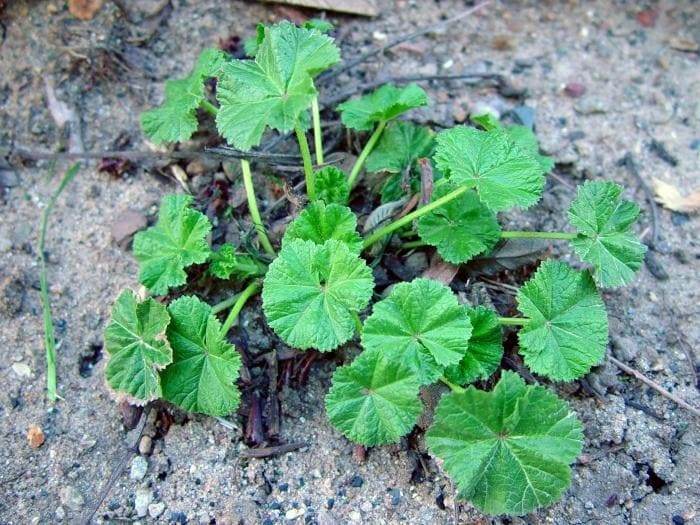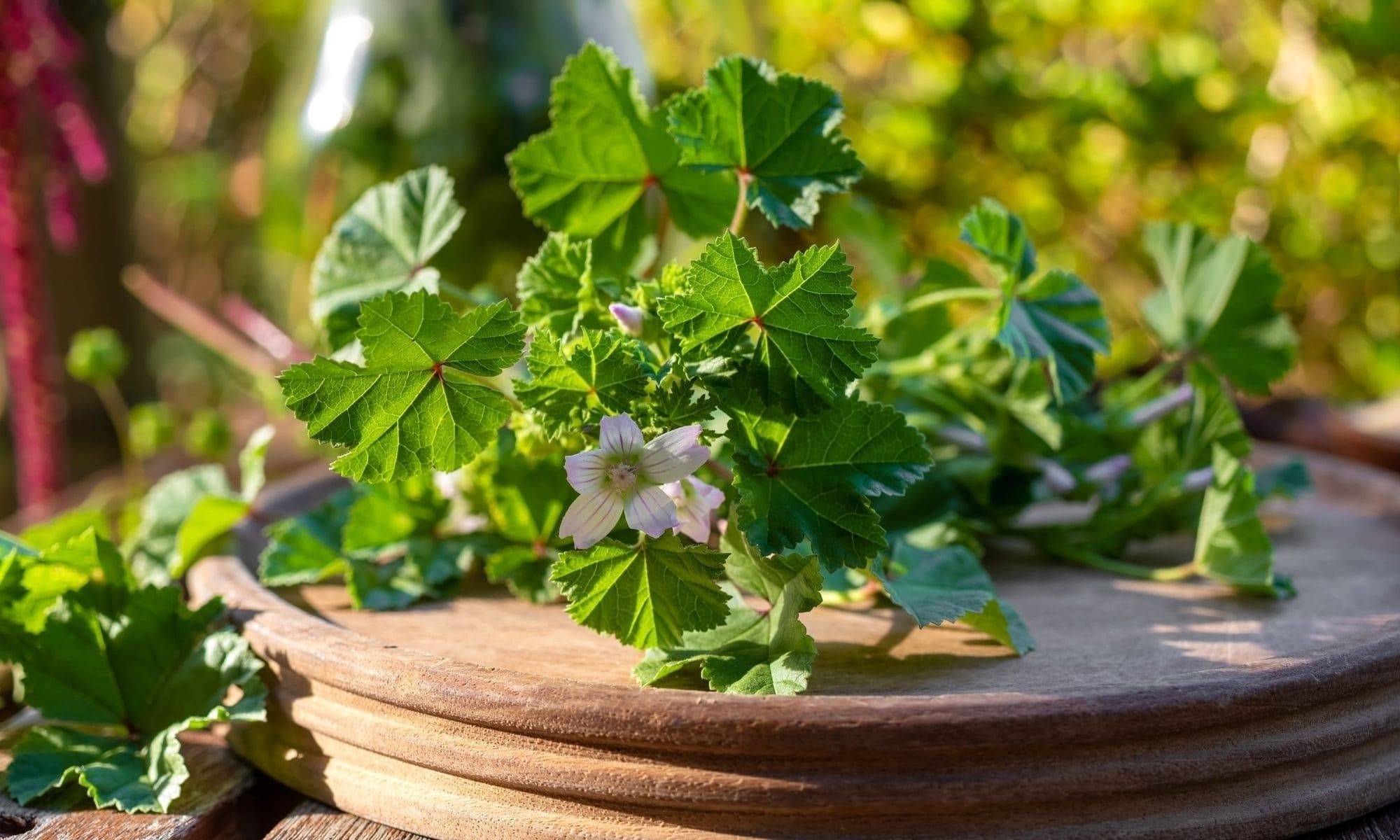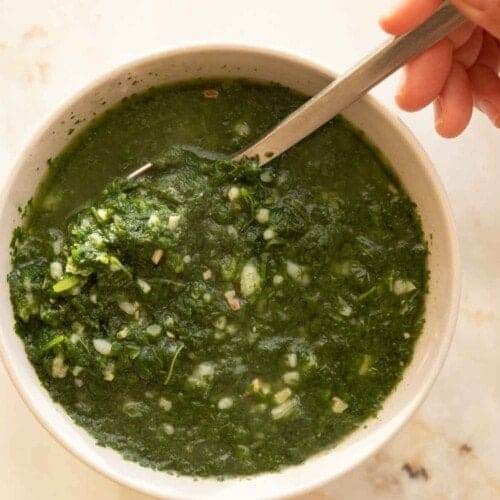With delicate purple flowers and soft, rounded leaves, the common mallow has been a staple in traditional medicine and cuisine for centuries. It is often overlooked in the garden but boasts a myriad of health benefits and culinary uses. From reducing inflammation to supporting the immune system, this weed may bring you lots of delightful surprises that make you want to incorporate them immediately into your wellness routine and kitchen.
Health Benefits Of Common Mallow
1. Anti-Inflammatory Wonder
Common mallow shines as an anti-inflammatory agent, thanks to its rich content of flavonoids and polyphenols. These compounds work together to reduce inflammation in the body, providing relief from conditions like arthritis and gastrointestinal issues. Whether consumed as a tea or applied topically in a poultice, common mallow has the potential to soothe inflamed tissues and promote overall well-being.
The next time your joints ache or your stomach feels uneasy, consider harnessing the anti-inflammatory power of common mallow.
2. Respiratory Respite
Common mallow has a long history of use in alleviating respiratory ailments. Its mucilaginous properties help in soothing irritated mucous membranes and easing coughs. It can be brewed into a tea or consumed in a tincture to provide relief from respiratory discomfort, making it a natural remedy for conditions like bronchitis or persistent coughs.

3. Digestive Harmony
This herbaceous gem offers digestive support by promoting a healthy gut lining and easing digestive discomfort. The mucilage content in common mallow forms a protective layer in the digestive tract, soothing irritation and promoting the healing of inflamed tissues. Whether you opt for common mallow tea or incorporate it into your meals, its digestive benefits can aid in managing conditions like gastritis and indigestion.
4. Skin Soother
Common mallow’s skin-soothing properties make it a go-to remedy for various skin conditions. From eczema to minor burns, the mucilage in common mallow creates a protective barrier on the skin, helping to reduce inflammation and promote healing. It would be your natural ally in addressing skin irritations if applied as a poultice or infused into a salve.

5. Immune Support
Supporting your immune system is a breeze with common mallow. Packed with antioxidants, vitamins, and minerals, this herb contributes to overall immune health. Regular consumption, whether in teas or as part of your culinary creations, can fortify your body’s defences against common infections.
Culinary Uses
1. Edible Greens Delight
Common mallow leaves, with their mild flavor and tender texture, make a delightful addition to salads, soups, and stir-fries. Rich in vitamins and minerals, these edible greens bring a nutritious boost to your culinary creations. Harvest young leaves for the best tenderness and enjoy the unique, slightly tangy taste that common mallow imparts to your dishes.

2. Tea Time Treat
Transform your tea time into a therapeutic ritual by brewing common mallow tea. The leaves and flowers, when infused in hot water, create a soothing and mildly sweet tea. Whenever you need a moment of relaxation or a gentle remedy for respiratory or digestive concerns, just sip on this herbal infusion for its calming properties.
3. Salad Sensation
Elevate your salads with the addition of common mallow leaves. The tender, young leaves bring a fresh, slightly tangy flavor to your salad bowl, enhancing both the taste and nutritional value. You can mix common mallow leaves with other salad greens, toss in some colorful vegetables, and drizzle with your favorite dressing for a delightful and healthful salad sensation.

4. Culinary Companionship In Soups
Common mallow’s tender leaves can be a flavorful addition to soups and stews. Their mild taste complements various savory dishes, and the mucilaginous properties contribute a unique texture to broths. So let’s add common mallow leaves to your favorite soup recipes can enhance both the flavor profile and the nutritional content.
Common mallow is a plant that has many benefits for your health and nutrition. However, before you use it in your diet, it’s crucial to consult with a health expert and eat the plant in moderation, as too much of it may cause diarrhea, nausea, or vomiting.
Other Uses
1. Fiber and Textiles
Common mallow belongs to the same family as cotton, which is one of the most widely used natural fibers for making cloth. Common mallow fiber can be used to make clothing, bedding, towels, and other household items. It can also be dyed with natural or synthetic colors to create different patterns and designs.
2. Ornament
Common mallow is a pretty wildflower that can bring color and charm to the garden. If you are aiming for a cottage-style garden, plant common mallow with other flowers to add a touch of wild beauty.
Whether you’re seeking natural remedies for your health problems or looking to experiment with new flavors in the kitchen, common mallow proves to be a valuable and multifaceted ally on your wellness journey. Embrace its benefits, and let it become a cherished element in both your health and culinary routines.
